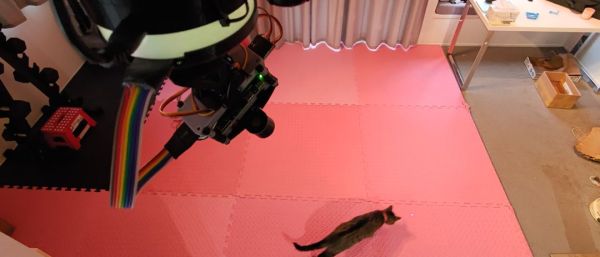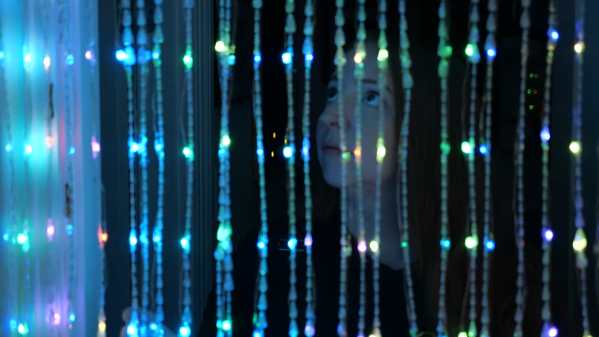Regular lawnmowers are a perfectly fine way to mow your lawn, but they can be a bit boring. They’re also not always the best at tackling thick brush and bushes. [rctestflight] has a solution to both of those problems, in the form of a plant-munching bulldozer.
The concept is simple — it starts with a hefty miniature RC bulldozer. Weighing in at 27 kilograms (60 pounds), the beast has actual functioning hydraulics to control the blade and plow. It struggles somewhat with traction, particularly in muddier conditions, and can’t really dig much, but it nonetheless looks the business.
As cool as it was, [rctestflight] decided to employ it for some real yard work by outfitting it with a mowing rig. The ‘dozer was outfitted with a pair of sawblades, run by twin brushless motors for plenty of grunt. That gave the bulldozer the ability to mow through not just lawn, but even thick blackberry bushes and two-foot high weeds.
It’s not great at steering, but it’s able to destroy thick brush with reckless abandon. Fundamentally, it looks like a very fun way to mow an overgrown yard.
Continue reading “Toy Bulldozer Becomes Epic Terrifying Lawnmower”



















